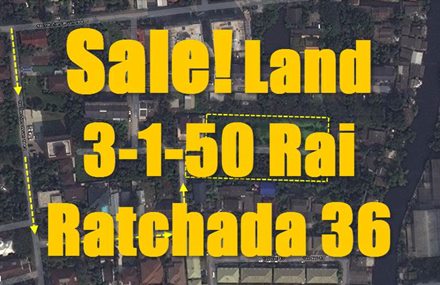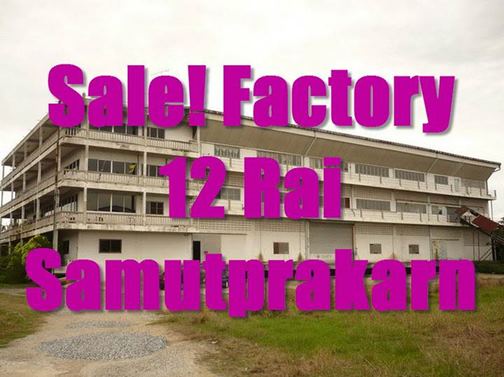
The Knight Frank Cities Index recorded its first quarterly fall since 2009, with the average value of prime property in the world’s key cities depreciating by 0.4 per cent in Q1 2012. This is the property index’s first quarterly fall since the depths of the global recession.
According to the Dubai Chronicle the index’s negative quarterly growth is not surprising. Quarterly price growth has been below 2 per cent since Q1 2010 and it averaged only 0.6 per cent in 2011.
According to the Dubai Chronicle the index’s negative quarterly growth is not surprising. Quarterly price growth has been below 2 per cent since Q1 2010 and it averaged only 0.6 per cent in 2011.
The Eurozone’s debt issue remained at the forefront of the global economic agenda, several critical elections were on the horizon, and Asia’s highly effective cooling measures showed no sign of being relaxed.
Four prime property markets achieved double-digit growth over a 12-month period despite the overall index’s sluggish performance. They were Nairobi, Jakarta, Miami, and London.
Singapore and London shrugged off the introduction of new stamp duties in the first quarter of 2012 and London increased both it’s prices and applicant numbers.
The new 10 per cent stamp duty for foreign property buyers dented demand in Singapore but not prices according to Nicholas Holt, Knight Frank’s Asia-Pacifi research director.
“Prices not only held up, but actually increased slightly at the very top end of the Singapore market in Q1 2012,” said Holt. “This was not only due to fairly resilient domestic demand, but also due to wealthy Chinese, Indonesian, and Indiana buyers who continued to buy in this segment of the market undeterred by the surtax.”
The overall index in expected to remain subdued in 2012, fluctuating between marginal price falls and rises.
Four prime property markets achieved double-digit growth over a 12-month period despite the overall index’s sluggish performance. They were Nairobi, Jakarta, Miami, and London.
Singapore and London shrugged off the introduction of new stamp duties in the first quarter of 2012 and London increased both it’s prices and applicant numbers.
The new 10 per cent stamp duty for foreign property buyers dented demand in Singapore but not prices according to Nicholas Holt, Knight Frank’s Asia-Pacifi research director.
“Prices not only held up, but actually increased slightly at the very top end of the Singapore market in Q1 2012,” said Holt. “This was not only due to fairly resilient domestic demand, but also due to wealthy Chinese, Indonesian, and Indiana buyers who continued to buy in this segment of the market undeterred by the surtax.”
The overall index in expected to remain subdued in 2012, fluctuating between marginal price falls and rises.












 RSS Feed
RSS Feed
